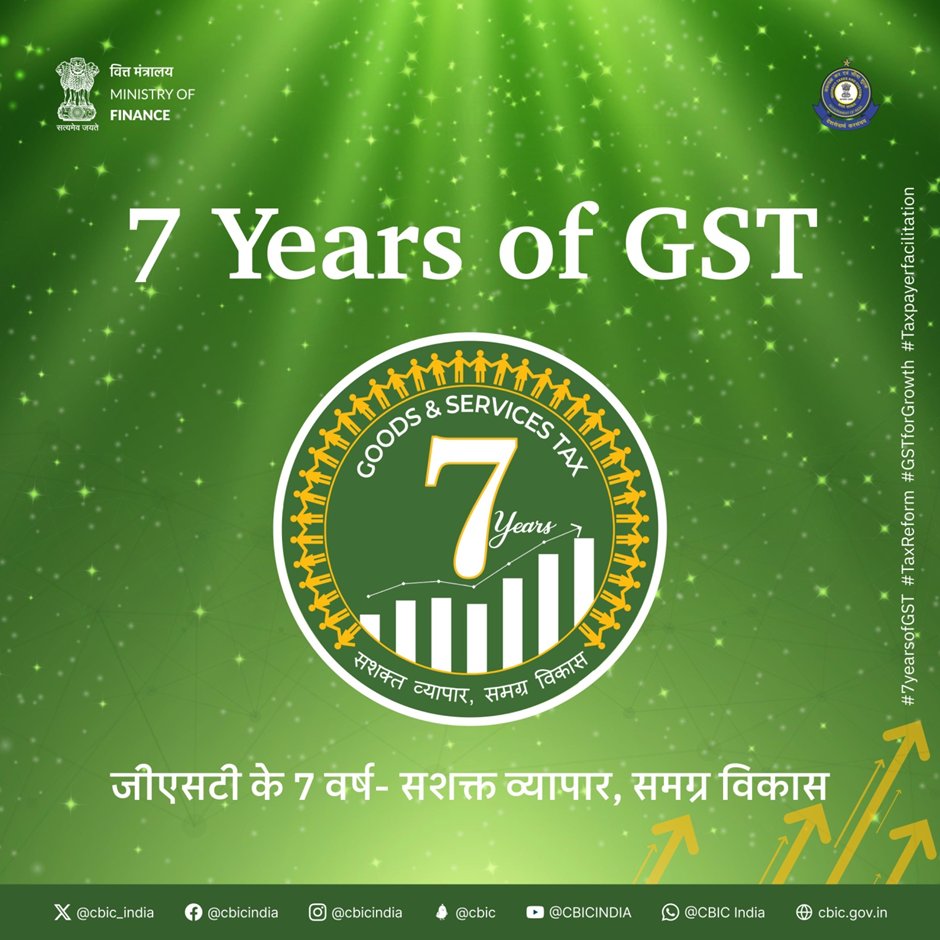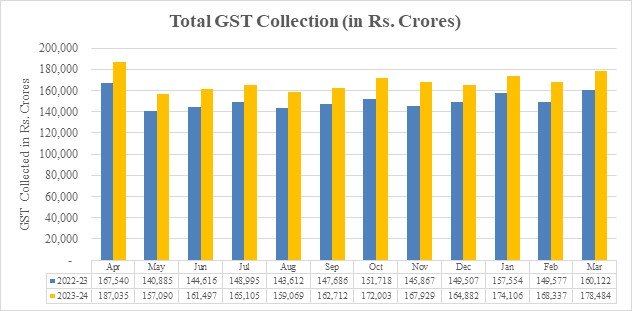The long-term goals could be to buy a house, children’s education, or save for retirement. These goals are non-negotiable. Do not compromise on these goals regardless of the temptation to spend or invest for a short-term goal.
Instead of buying more during a bear phase, investors tend to stop their SIPs believing that the market is not right for investing, however, this is a bad investing decision
Just like in any financial year, most of you would be nurturing big-money goals for fiscal 2025 as well. Wealth advisors, meanwhile, often point out that your short-term goals should align with the long-term ones.
As a result, you should stay true to wealth creation instead of getting carried away with the flow. Here, we list out some of the key money lessons that each investor should be mindful of. In fiscal 2025, you may want to follow these money lessons to achieve your financial goals in the long term.
Money lessons you should follow for long-term wealth creation:
1. Stay away from Mr Market: The price quoted by Mr Market has no relevance if you don’t intend to sell your securities. It’s pointless to see the price every day unless you intend to buy or sell a stock that day. Mr Market is an allegory coined by legendary investor and author of ‘The Intelligent Investor’ Benjamin Graham to describe irrational or contradictory traits of the stock market.
2. Stay true to long-term goals: The long-term goals could be to buy a house, or children’s education, or save for retirement. These goals are non-negotiable. Do not compromise on these goals regardless of the temptation to spend or invest for a short-term goal.
3. Wealth generation is the key: Earning dividends from shares is a bonus of sorts. And little stock appreciation is exciting. But the key objective of investing is, or should be, to generate wealth which can happen primarily via equity investment.
4. Investing is not for the faint-hearted: Markets are meant to be volatile. So, when the market surges or crashes, you should not redeem. Be strong and don’t lose heart.
5. Continue your SIPs during market decline: Instead of buying more during a bear phase, investors tend to stop their SIPs believing that the market is not right for investing. Whereas the phenomenon of ‘rupee cost averaging’ says that investors should invest across different price points to get a fair average price and to maximise the chance of earning a higher profit.
6. Importance of portfolio: The ideal ratio between equity and debt is 70-30 in ideal circumstances. So, you should invest 70 percent of your portfolio in equity while the rest in fixed-income instruments such as fixed deposits (FDs) and bonds. But when equity prices rise, it is vital to redeem some of the equity assets to redeploy some of the funds in debt so that the debt-equity ratio remains the same.
7. Everything is just an event for investors: In February 2022, Russia invaded Ukraine, leaving markets jittery around the world. Oil prices jumped in its aftermath. Before that in January Jan 2021, rioters entered the US Capitol in what was referred to as the United States Capitol attack. Then Israel attacked Hamas in Gaza in October 2023. This and many more domestic and international events did impact financial markets significantly. And currently, Lok Sabha polls are believed to leave their footprint on stock markets.
Each time something significant happens, observers call the event a ‘watershed’ or pathbreaking, but in the long term, each event is part and parcel of the ongoing market cycle. The key is to remain invested in wealth creation and cut the noise.
8. Buy right and sit tight: It is advisable to exercise as much caution as you want before deciding to invest in a stock or fund. After examining the stock, if your analysis suggests that this is the right investment for you, then buy it and sit tight afterwards. Do not get worried about small provocations after you have purchased the ‘right’ stock
9. Don’t put round pegs in square holes: There is no one-size-fits-all approach to investing. Something that works for young investors may not work for middle-aged investors who are supposed to be slightly more risk-averse; further what may work for the middle-aged investor may not work for someone close to retirement. So, the dynamics of equity-debt ratio and risk-return analysis alter based on individual investor’s risk appetite and age of investor.
10. Engage an expert or advisor: Although some basic investing principles can be learnt and implemented by investors themselves. But when things become slightly complex and involve higher stakes, it is always advisable to rope in some expert. One should not have any qualms about engaging an investment expert or wealth advisor.
11. Each asset class has its unique value proposition: Investors tend to view one asset class in its entirety whereas each has its advantages and disadvantages. For instance, no matter how good it is to invest in equity for long-term wealth creation, it can’t replace debt and fixed-income instruments or precious metals. And vice versa is also true. So, it is recommended to see different asset classes holistically and not in isolation.
12. Investing or gambling: Remember that investing in some categories such as derivatives or cryptocurrencies is so risky that it is not very different from gambling. It is far different from long-term investing based on a stock’s potential.
13. Diversify: It is good to diversify across asset classes, sectors and market cap. Diversification should be done at every level. Not only should one diversify between asset classes but also across sectors and market capitalisation i.e., large-cap, mid-cap and small-cap.
14. Acceptance of loss is key to good investing: Paraphrasing psychologist Daniel Kahneman, the pain of losing one rupee is often more painful than the job of earning one rupee. This leads to a lot of bad decision-making by investors. For example, when they lose some money because of a wrong investing call, they want to correct the mistake by hanging on to it instead of exiting the stock and settling for a lesser loss.
15. Knowledge of investments versus mental strength: Knowledge about investments and money is important but even more important than this are mental strength, tolerance, patience and other ‘soft skills’. These characteristics play a key role in an investor’s investing journey.
16. Efficient markets hypothesis: Efficient markets exist only in textbooks, Warren Buffett once remarked. Stocks usually trade at foolish prices, both high and low. In reality, marketable stocks and bonds are unnerving. So, it is wrong to believe that the markets correct themselves — as suggested by the efficient market hypothesis — on their own to reflect their true value.
17. Good stocks are not easily available: Warren Buffett once talked about the uniqueness of good businesses when he highlighted that Berkshire Hathaway could choose only 12 good businesses in its operations of 60 years. i.e., on average only once in five years.
18. Misleading short-term returns: Media headlines quarter-by-quarter returns are hugely misleading and can misinform investors. Some stocks may appear battered based on the news of the day, but they may still enjoy financial moat (e.g. impressive cash flow or a patent) and can be a good “investible” business when seen from the lens of long-term investing.
19. Power of compounding: It can’t be emphasised enough that compounding is the key to long-term wealth generation. Warren Buffett’s letter points out that Berkshire’s journey grew faster after 1967. For the astronomical rise of Berkshire Hathaway, he points out there are four key reasons: continued savings by investors, power of compounding, avoidance of major mistakes, and the American Tailwind.
20. Leverage is risky: Charlie Munger once pointed out that leverage is dangerous because there is no such thing as a 100 percent sure thing in investing. This means even after earning high returns when investment falls, it can lead to the undoing of past gains.
21. Building independent opinions: It is vital to build your opinions about various things in investing, according to Ray Dalio. Only following the grapevine and what is being promoted can’t hold you in good stead.
22. Investing in sectors you know: Dalio also believes that investing is risky regardless of which sectors you choose. One of the easiest ways to make investing less risky is to opt for the sectors that you are well acquainted with.
23. Prevent bad decisions: It is as important to prevent bad decisions as it is to take the right ones. Be modest and give importance to the protection of capital. One should be prepared for unknown events, and make plans accordingly. You should not only prepare for what is likely to happen but also what may happen.
24. Luck plays its role: Morgan Housel, author of ‘Psychology of Money’ believes that luck and risk are siblings. It is a reality that every outcome in life is guided by forces other than just individual effort. He quotes Scott Galloway, a New York University academic, to say, “Nothing is as good or as bad as it seems.” Housel explains that luck and risk are so similar that you can’t believe in one without equally respecting the other.
25. Use money to buy time: Money is useful when you can use it to buy time and do what you want to do if you are rich in the real sense. Some people may appear rich but only because of the assets bought with a loan. In the real sense of the word, they are not wealthy, Mr Housel wrote in his book ‘The Psychology of Money’. This is because these assets signify debt. Real wealth is an accumulation of income that is not spent and not something on which you are supposed to pay regular interest, and which is supposed to be returned.
Visit www.cagurujiclasses.com for practical courses











